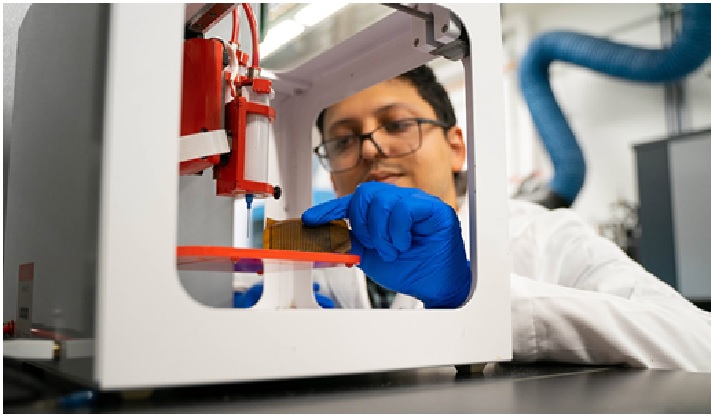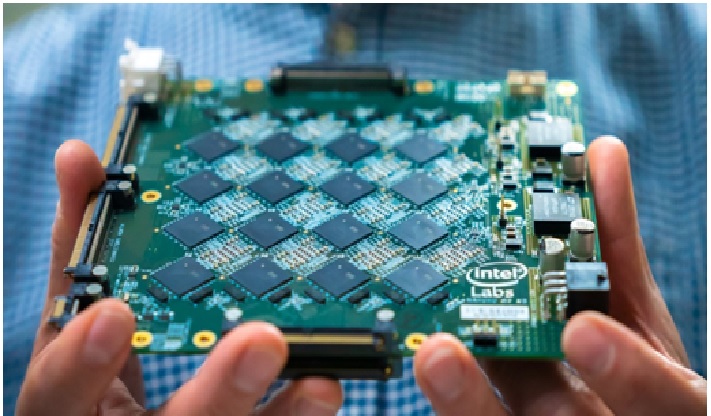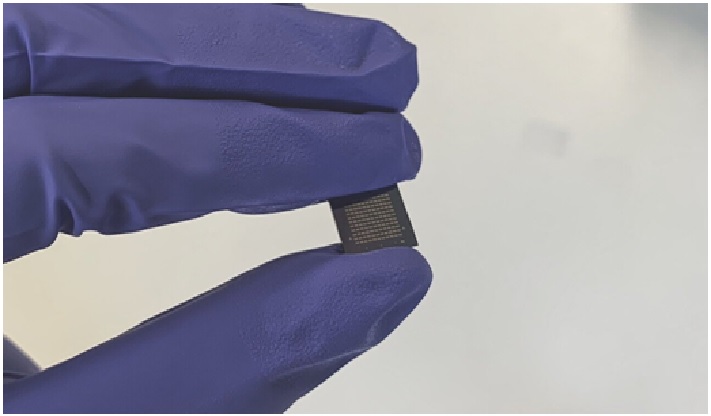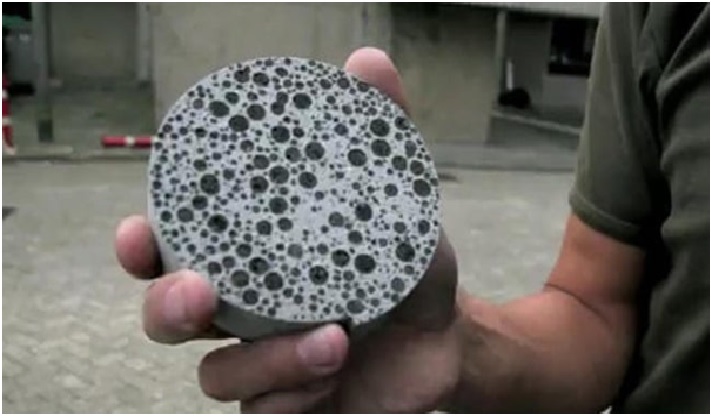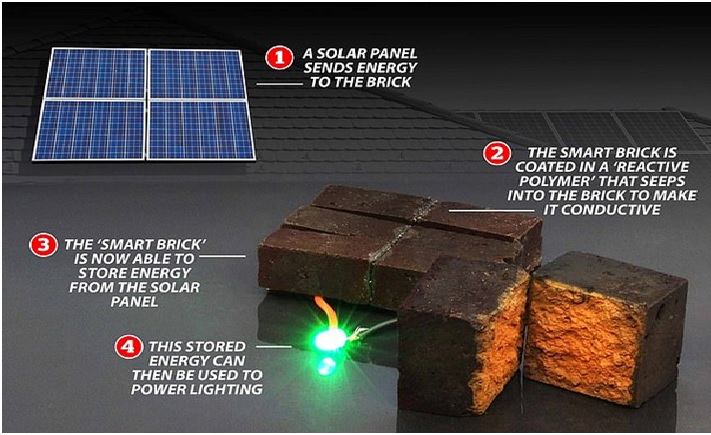Researchers take step toward developing ‘electric eye’
Georgia State University researchers have successfully designed a new type of artificial vision device that incorporates a novel vertical stacking architecture and allows for greater depth of color recognition and scalability on a micro-level.
“This work is the first step toward our final destination-to develop a micro-scale camera for microrobots,” says assistant professor of Physics Sidong Lei, who led the research. “We illustrate the fundamental principle and feasibility to construct this new type of image sensor with emphasis on miniaturization.” [1]
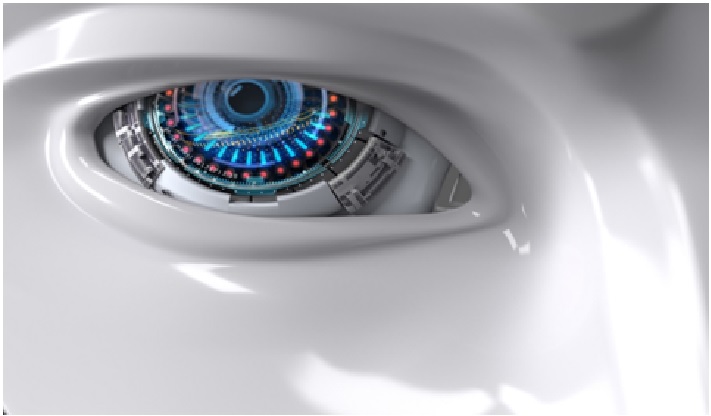
Figure 1. Researchers take step toward developing ‘electric eye’
Figure 1 shows "It is well-known that more than 80 percent of the information is captured by vision in research, industry, medication, and our daily life," he says. "The ultimate purpose of our research is to develop a micro-scale camera for microrobots that can enter narrow spaces that are intangible by current means, and open up new horizons in medical diagnosis, environmental study, manufacturing, archaeology, and more." [2]
This biomimetic “electric eye” advances color recognition, the most critical vision function, which is missed in the current research due to the difficulty of downscaling the prevailing color sensing devices. Conventional color sensors typically adopt a lateral color sensing channel layout and consume a large amount of physical space and offer less accurate color detection. [3]
The technology currently is patent pending with Georgia State’s Office of Technology Transfer & Commercialization (OTTC). OTTC anticipates this new design will be of high interest to certain industry partners. [3]
“This is a great step forward, but we are still facing scientific and technical challenges ahead, for example, wafer-scale integration. Commercial image sensors can integrate millions of pixels to deliver high-definition images, but this has not been implemented in our prototype yet,” he says. “This large-scale van der Waals semiconductor device integration is currently a critical challenge to be surmounted by the entire research society. Along with our nationwide collaborators that is where our team is devoting our efforts.” [4]
References:
- https://vervetimes.com/researchers-take-step-toward-developing-electric-eye-sciencedaily/
- https://www.sciencedaily.com/releases/2022/04/220419092342.htm
- https://techilive.in/researchers-take-step-toward-developing-electric-eye/
- https://www.todaysmedicaldevelopments.com/article/biomimetic-electric-eye-microrobotics-color/
Cite this article:
Thanusri swetha J (2022), Researchers take step toward developing ‘electric eye’, AnaTechMaz, pp.170





